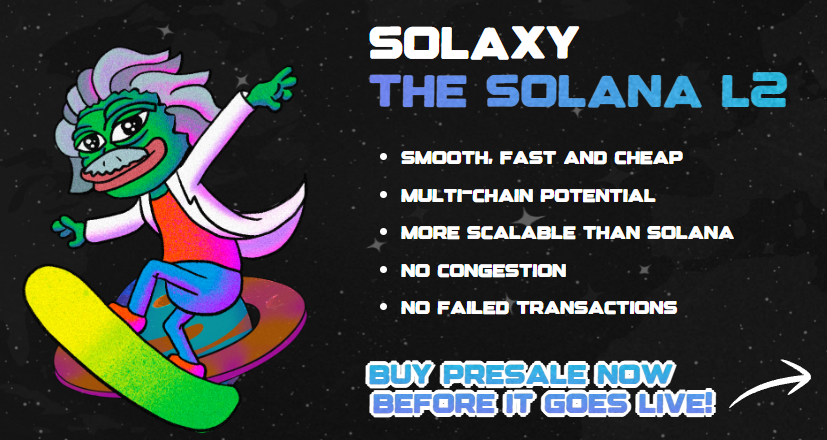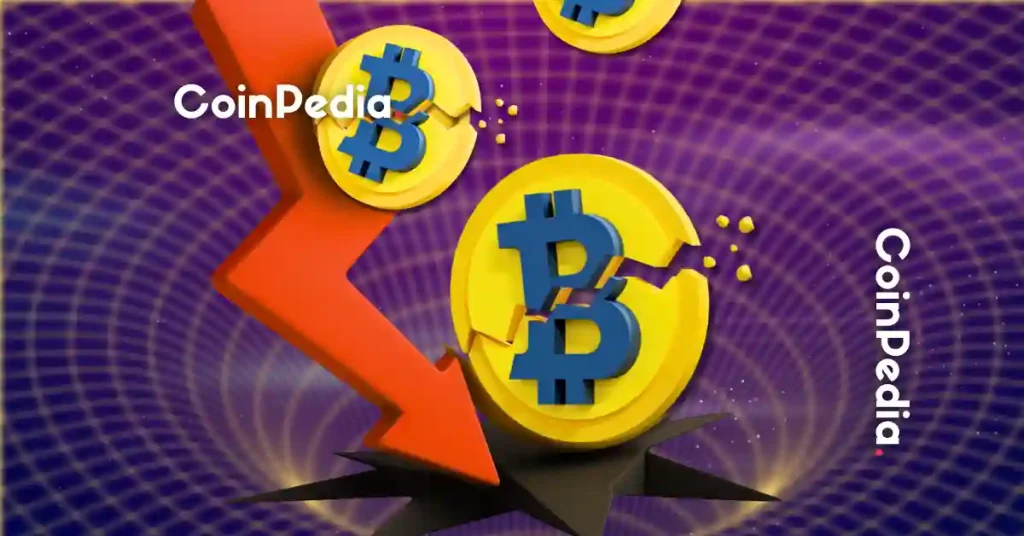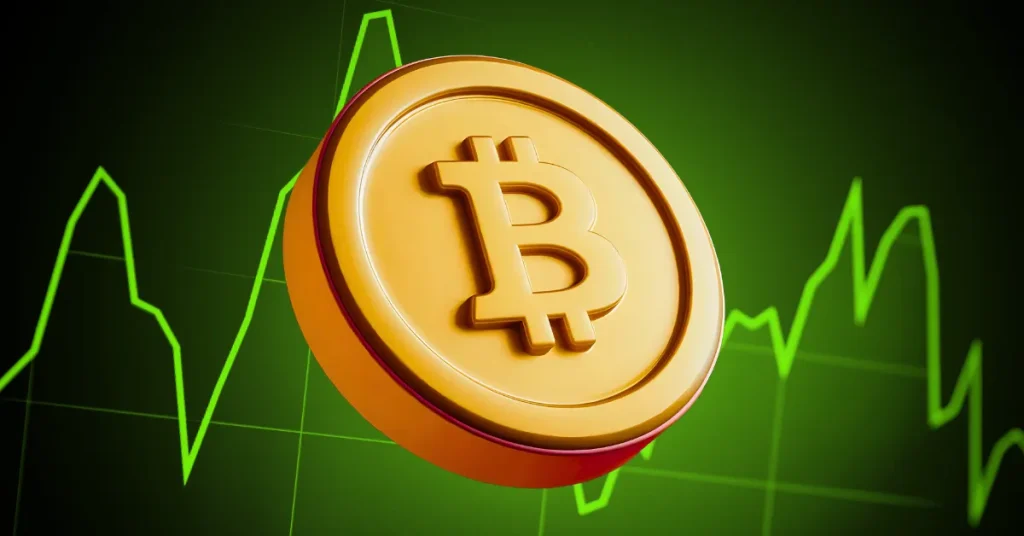
The post Solaxy’s Layer 2 Solution Could End Solana’s Network Congestion for Good appeared first on Coinpedia Fintech News
Network congestion has plagued Solana since its early days, with transaction failures and slowdowns becoming a familiar headache for users. Now, a new Layer 2 solution called Solaxy promises to fix these issues through an innovative approach to transaction processing.
When the Solana network gets busy, transactions stack up like cars in rush hour traffic. Solaxy’s rollup technology creates new paths for these transactions by processing them outside the main network.
This breakthrough comes at a crucial time for Solana, as the network faces growing pressure from meme coin trading volumes and expanding decentralized applications. With over $400,000 raised in its ongoing presale within days, Solaxy’s approach has caught the attention of developers looking for reliable scaling solutions.
How Solaxy’s Rollup Technology Makes Solana Faster
When users make transactions on Solaxy’s Layer 2, the system immediately validates and groups them into ordered bundles.
These bundles then get processed outside the main Solana network, which prevents congestion. Think of it as creating express lanes above the main highway – traffic keeps flowing smoothly because it’s spread across multiple levels.
The security of these transactions comes from a process called settlement. After Solaxy processes a bundle of transactions, it creates a cryptographic proof – like a secure digital receipt.
This proof gets recorded on Solana’s main network, confirming that every transaction in the bundle happened correctly. It’s similar to how a notary stamps documents to verify their authenticity, but this happens automatically for every batch of transactions.
Speed improvements come from how Solaxy handles data. Traditional Solana transactions each carry their own verification data. But with rollups, hundreds or thousands of transactions share one set of verification data.
This reduction in data size lets the network process more transactions without getting overwhelmed.
For developers and users, this means consistently fast performance. Applications running on Solaxy maintain their speed even when the main Solana network faces heavy traffic.
The Meme Coin Connection: Why High-Volume Trading Needs Layer 2
Meme coin trading creates challenges for blockchain networks. When a new meme coin launches or a social media post goes viral, thousands of traders rush to buy or sell at the same time.
This sudden surge in activity has historically caused Solana to slow down or even stop processing transactions, leaving traders unable to execute their trades.

Solaxy prevents these issues through its layered approach to transaction processing. The Layer 2 system can handle sudden spikes in trading volume because it processes transactions in parallel streams.
While the main Solana network tries to process each transaction individually, Solaxy groups similar transactions together, making the whole system more efficient.
This batching system particularly helps with the rapid-fire trading typical of meme coins. Traders can execute multiple transactions quickly without waiting for each one to clear the main network. For arbitrage traders working across multiple meme coins, this speed advantage becomes crucial for capturing price differences before they disappear.
Building the Future: Developer Tools and Customization
Developers building applications on Solana face a constant challenge: balancing fast transaction speeds with user experience.
Solaxy’s development toolkit addresses this by letting developers fine-tune how their applications process transactions.
The platform includes a set of smart contract templates that developers can adapt for different types of applications.
A decentralized exchange, for instance, can optimize for high-speed trading by setting custom parameters for transaction bundling. Gaming applications can group similar in-game actions together, making the gameplay smoother even during busy periods.
This customization extends to how applications handle transaction fees. Developers can choose between different bundling strategies based on their users’ needs.
Some might prioritize speed by processing transactions immediately in smaller bundles, while others might optimize for lower costs by waiting to collect more transactions before processing them together.
For decentralized finance applications, Solaxy offers specialized features for handling complex transactions. Smart contracts can be configured to automatically batch similar trades together, reducing costs for users while maintaining quick execution times.
This becomes particularly valuable for automated trading strategies that need to execute multiple transactions in rapid succession.
The development environment also includes testing tools that simulate high-traffic scenarios. Developers can stress-test their applications under various network conditions before deployment, helping identify and fix potential bottlenecks early in the development process.
Investment Structure: Staking, Rewards, and Growth
The economic model behind Solaxy creates strong incentives for long-term network support. When investors stake their SOLX tokens, they’re not just earning rewards – they’re helping secure the network and improve its performance. As more tokens get staked, the network can process larger transaction bundles more efficiently.
Current staking rewards distribute 4,377.4 SOLX tokens per ETH block, with rewards releasing over three years. This extended timeline encourages participants to think beyond short-term gains. The staking pool already holds over 280 million SOLX tokens, showing strong early commitment from the community.
Joining the presale gives investors early access to these staking benefits. The process starts by connecting a Web3 wallet to Solaxy’s platform. Investors can purchase SOLX using ETH, USDT, or BNB directly from their wallets. For those new to cryptocurrency, the platform accepts bank card payments, making it accessible to first-time buyers.
The investment process works like this: After connecting your wallet, you choose your preferred payment method and the amount you want to invest. The system automatically stakes your tokens after purchase, so you start earning rewards immediately. The minimum investment stays low to allow broad participation in the network’s growth.
What makes this structure different is how it ties economic incentives to network performance. When staked tokens help process more transactions, the network generates more fees, which flow back to stakers as additional rewards.
This creates a positive feedback loop – as more people stake tokens, the network becomes more efficient, potentially increasing rewards for all participants.
Check out their social media channels:

 6 months ago
25
6 months ago
25














 English (US) ·
English (US) ·